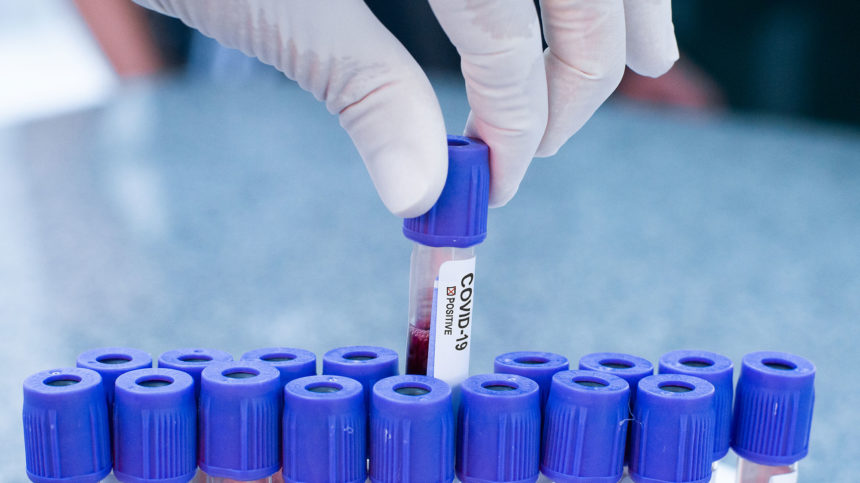
COVID-19 infections in the United States may occur at a rate many times higher than reported, yet few people showed any sign of immunity in a new study from the Centers for Disease Control and Prevention.
Agency investigators tested more than 16,000 blood samples from non-COVID-19 clinical visits across 10 U.S. geographic sites. They found low evidence of detectable antibodies to SARS-CoV-2— a sign of immunity — during a study period between March 23 and May 12. Nevertheless, the samples revealed up to 24 times more likely infections per site than was reported in official case counts.
Infection estimates ranged widely between the sites. Connecticut had six times as many estimated COVID-19 infections as reported cases, whereas Missouri had 24 times more estimated infections than reported cases. Overall, most sites likely had 10 times or more infections occurring than were reported, said the investigators.
These additional estimated infections may reflect the number of people who had mild or no illness, they surmised. These participants may not have sought medical care or testing, and yet could have contributed to ongoing virus transmission.
The researchers caution that no solid conclusions can yet be drawn about the low levels of antibodies detected, which ranged from 1% in the San Francisco Bay area to about 7% in New York City. Among the reasons for this finding could be blood sample timing, they said. Individuals may not develop antibodies until about two weeks after exposure to the virus, for example.
The study was published Tuesday in JAMA Network.




